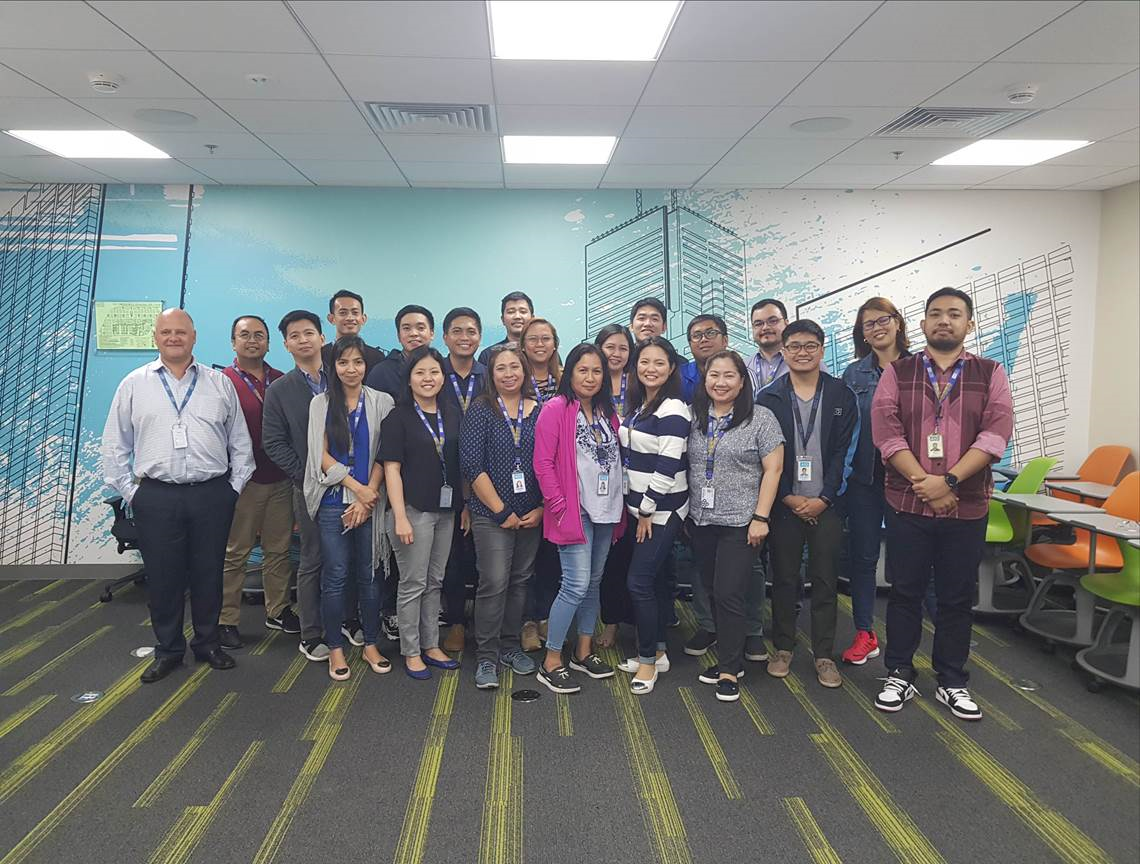Typical reasons for conducting test process improvement
In the first of a short series of blogs on test process improvement, we look at why test process improvement is vital to the evolution of an organisation’s practices.
There are several reasons why test process improvement is needed. For a start, many organisations have tough business objectives, including:
- Reducing the time it takes to get software products from the drawing board to the customer
- Minimising production costs in order to maintain profit margins while competing in a market where reduced prices are being paid, particularly at the on-line checkout

Apart from these direct business objectives, other factors make test process improvement essential, including that:
- There is an expectation from customers of more functionality, better performance and increased reliability
- The number of end-users is typically increasing quickly – so there is a larger crowd liable to uncover problems in actual use
- As a consequence of adding increased functionality and complexity to software and hardware, the chance of introducing defects is ever greater
- Testing needs to keep up with the new methods, techniques and tools that are becoming available to support development and maintenance
- And many applications are co-developed, or use completely outsourced development organisations, making both the development process and testing process more complicated and difficult to manage
For all these reasons, it is becoming ever-more challenging to create and build applications and testing needs to be proportionately more effective and efficient. Test process improvement activities help this to be achieved.
It is an increasingly competitive world, and organisations need to make money and grow in a tough climate. It is certain that there are many more reasons for conducting test process improvement, but it is clear there is a demand to improve.
Systems and applications are playing an ever-increasing part of every-day life (both personally and in business). There is a greater need for development to focus on quality aspects. Customers and users are becoming more demanding – software failures are much more visible now and can have major impact on day-to-day activities – economically, socially and internationally.
Testing is becoming (even more of) a key activity for helping to improve both product quality and the performance of the development process.
Industry is undergoing a fast pace of change! To see how we can help you to manage that change, take a look at our test process improvement page and contact us.




 Above on Simon’s right – Syed Sham Syed Ja’afar, AGM, IT Application Assurance Delivery, Group IT Nazlina Safina Binti Nazir, TM, General Manager, IT Assurance & Services, Group IT).
Above on Simon’s right – Syed Sham Syed Ja’afar, AGM, IT Application Assurance Delivery, Group IT Nazlina Safina Binti Nazir, TM, General Manager, IT Assurance & Services, Group IT).